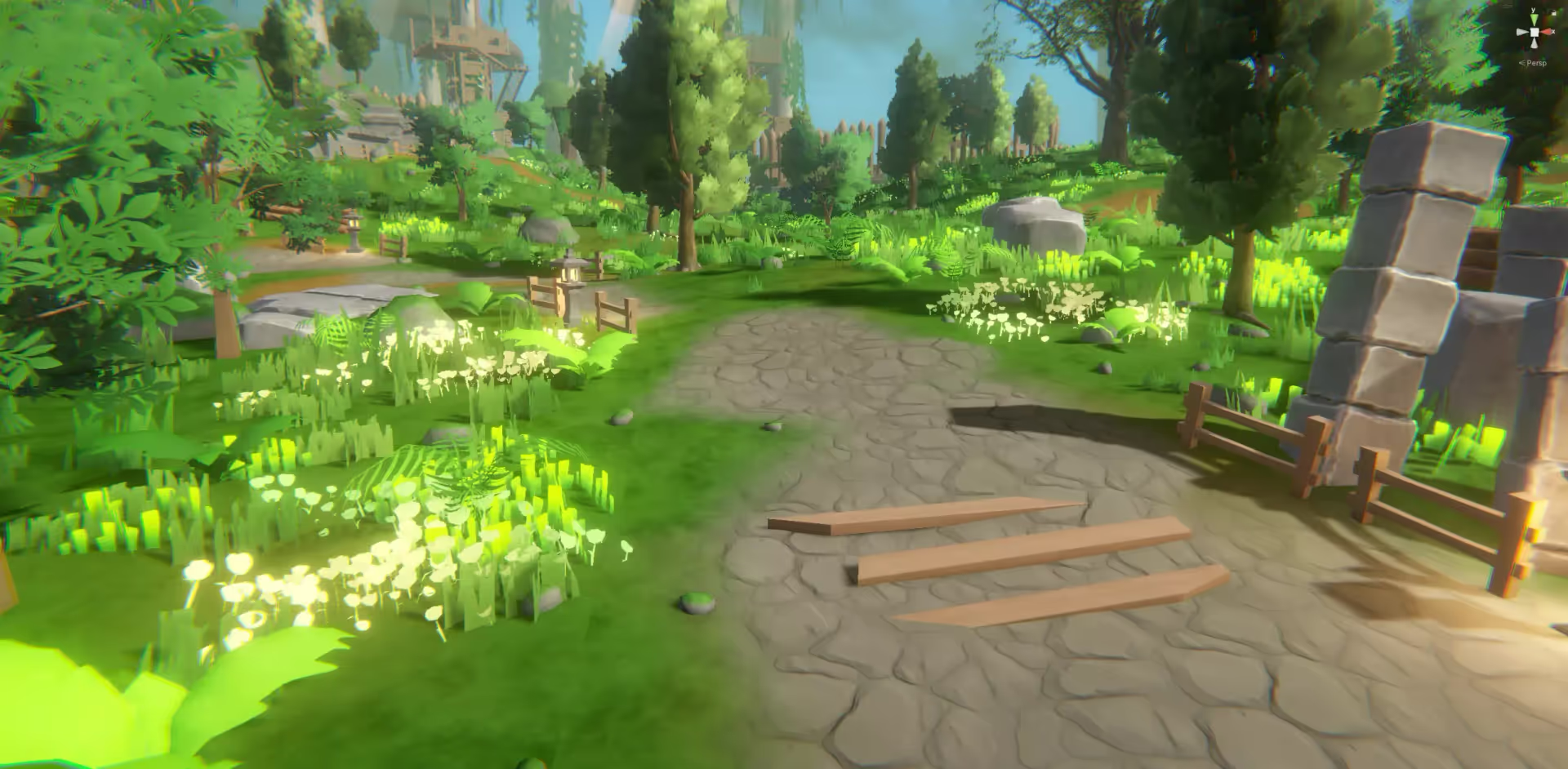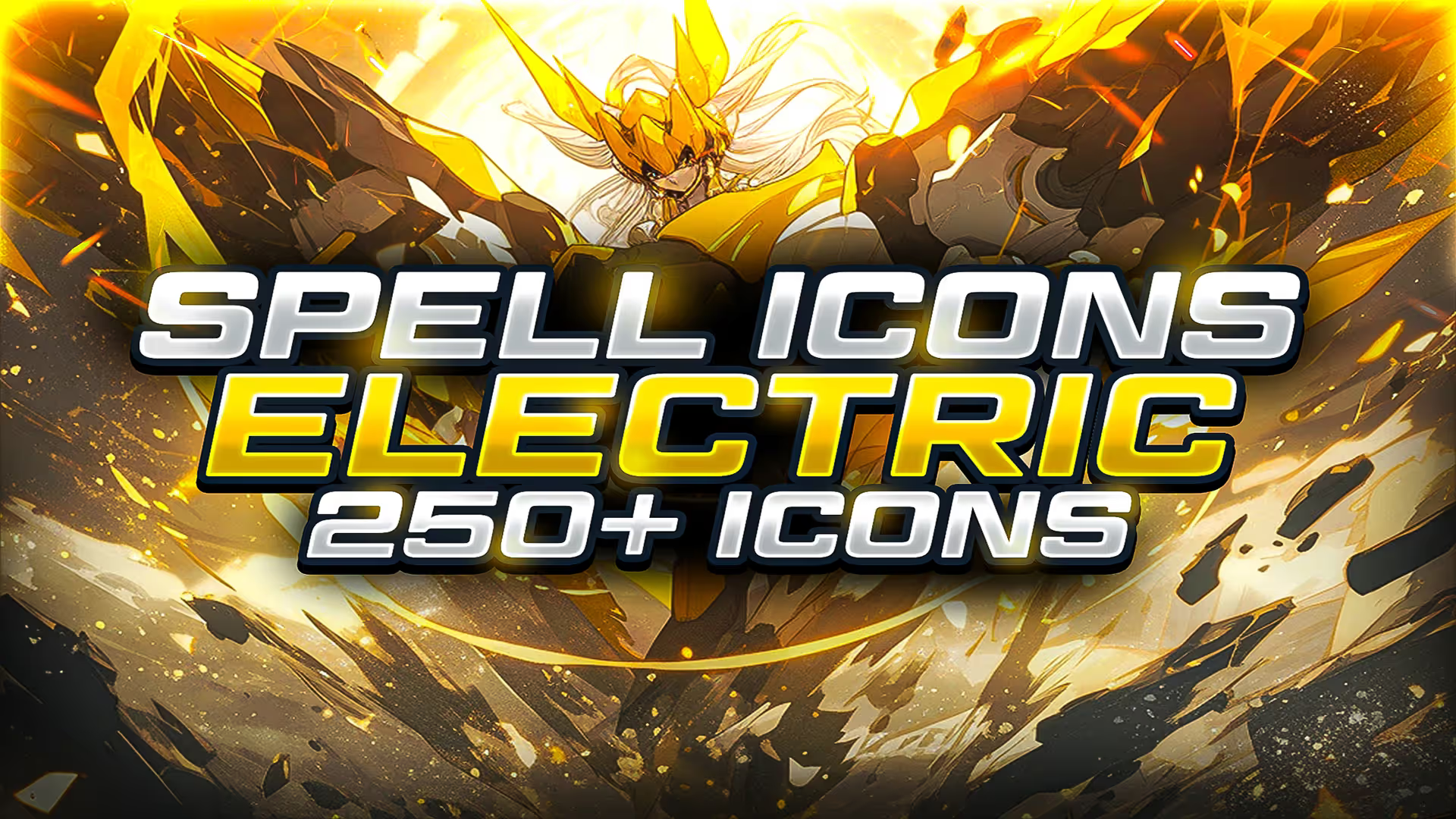7 Character Archetypes to Supercharge Your Narrative
As an indie game developer, you might be looking to create a game that has characters that are not only captivating but also resonate deeply with the players. To achieve this, understanding character archetypes is crucial as it’s one of the keys to creating compelling narratives that keep players engaged from start to finish.
In this article, we’ll explore more about character archetypes; their significance, the different types that exist, and how you can use them to enrich your game storytelling. By the end of this article, you will have a better understanding of character archetypes and how they can help you create an unforgettable gaming experience that resonates with the players and keeps them coming back for more.
This article is part of a series on game narrative and writing.
What Is a Character Archetype?
In storytelling, character archetypes are recurring patterns or prototypes. They represent fundamental human traits, motivations, and behaviors that audiences instinctively recognize and relate to. They’re like building blocks, each with their own unique set of traits and roles that make them compelling and interesting.
It is essential that you think about the archetype for each character in your game. In fact, thinking about your character’s archetype is one of the first steps when it comes to designing a great character.
The Importance of Character Archetypes
Character archetypes are powerful storytelling tools for several reasons:
Universal Recognition:
Archetypes resonate with audiences on a primal level, eliciting immediate recognition and understanding. This universality allows players to connect more deeply with characters and their journey.Consistency and Authenticity:
To maintain consistency and authenticity of characters throughout the game, developers can rely on established archetypes. Adhering to these archetypes improves believability and encourages player immersion in the game world.Narrative Guidance:
Archetypes are a framework for character development and story progression. They provide developers with a roadmap for crafting compelling narratives. This can help you from driving the overall narrative to writing dialogue for each character. This framework helps to drive meaningful character arcs which ultimately are an essential tool for creating engaging stories.
Seven Essential Character Archetypes for Games
Now, let’s explore seven key character archetypes that can add depth and complexity to your game’s storytelling.
The Hero
The quintessential protagonist, embodying courage, strength and a strong sense of justice. Heroes embark on epic quests to overcome challenges and defeat villains. They inspire players with their determination and resilience.
The Villain
The antagonists, the bad guys, the hero’s enemies, they’re often intelligent, cunning and driven by their own motivations, creating memorable gaming conflicts.
The Magician
Masters of supernatural power, Magicians wield mysterious forces to achieve their goals. Whether allies or adversaries, they bring an element of mystique to your game’s universe.
The Lover
Characters driven by passion, romance and emotional connection. Lovers add depth to interpersonal relationships within the game, exploring themes of love, sacrifice and devotion.
The Sage
Wise mentors and guardians, Sages offer guidance and insight to the protagonist on their journey. Their wisdom often proves invaluable in navigating challenges and overcoming obstacles.
The Outlaw
The Outlaw is a rebel who challenges societal norms and authority, paving their own trails through the game’s universe. Their rebellion makes the story unpredictable.
The Explorer
The Explorer is the curious adventurers driven by a thirst for discovery and exploration. Explorers uncover hidden secrets, go on daring expeditions into the unknown territories, adding a sense of wonder and discovery to the player experience.
Using Archetypes in Your Game
Integrating character archetypes into your game’s narrative requires careful planning and execution. Immersive storytelling is one of the top reasons why people play games, so nailing it is a crucial part of delivering on the promise of a great game.
Here are some tips to help you leverage archetypes effectively:
- Character Development:
Create well-rounded characters that embody archetypal traits while also adding depth and complexity. - Plot Construction:
Structure your game’s plot around archetypal conflicts and motifs. Mix together character arcs and thematic elements to create a cohesive narrative. - Player Engagement:
Use archetypal characters to evoke emotional responses from players. Make use of Archetypes to trigger empathy from players
Whether it’s the heroic protagonist, the cunning trickster, or the wise mentor, these Archetypes are framework that not only help you simplify game development, but is also a recipe for a more succesful game. By understanding and incorporating character archetypes into your game design, you can create unforgettable gaming experiences that resonate with players long after they’ve put down the controller.







.avif)


.avif)
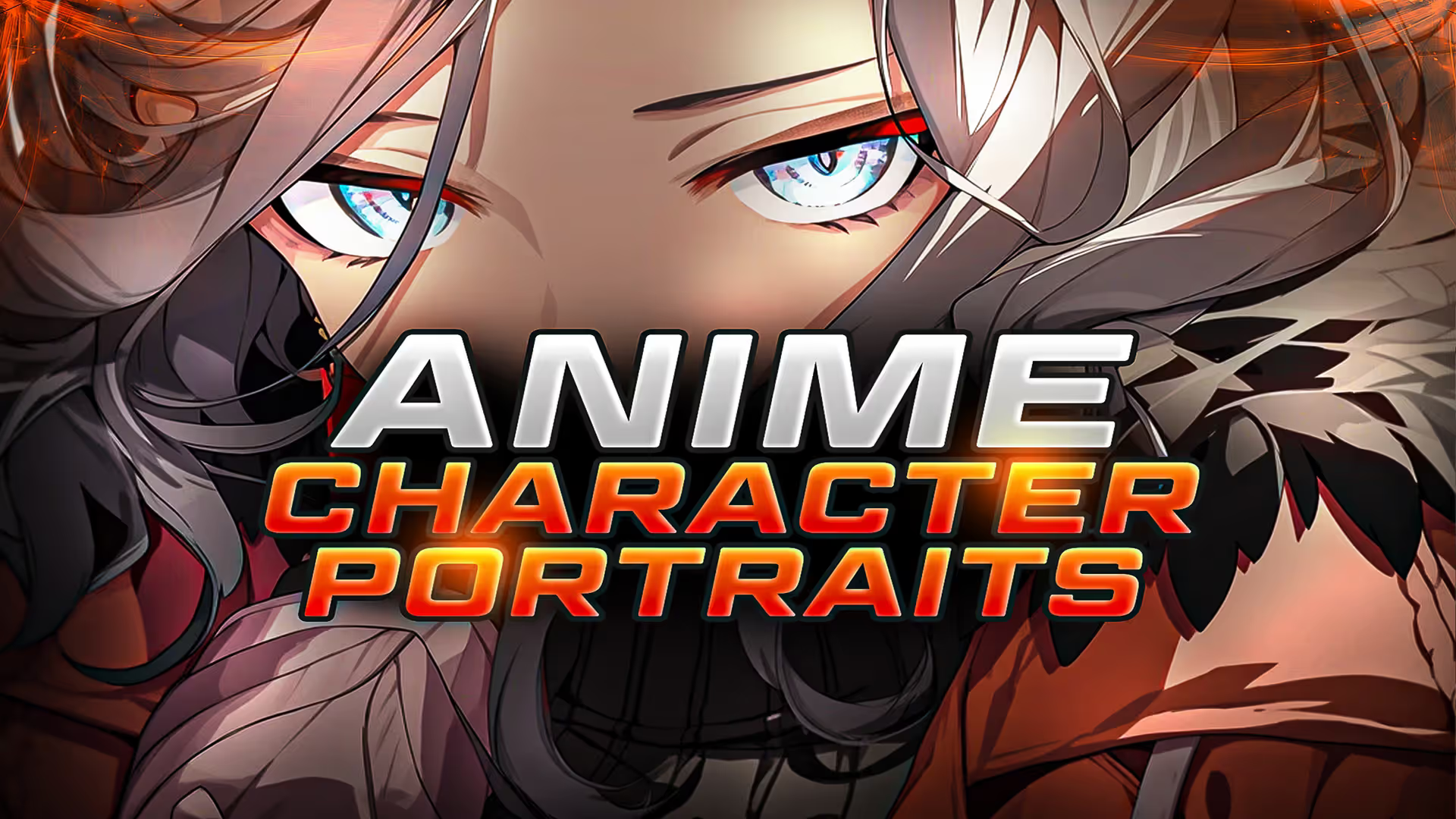




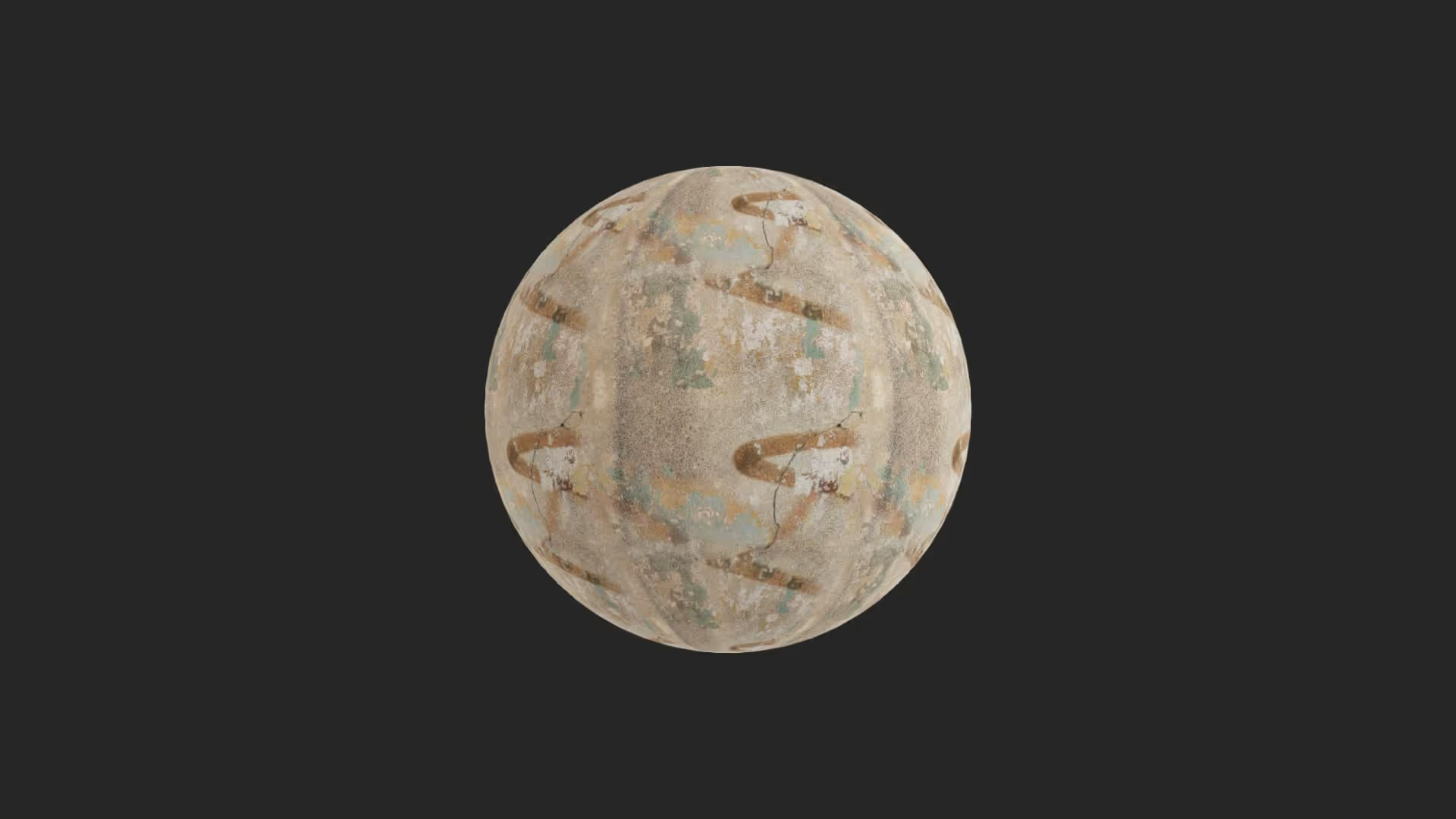

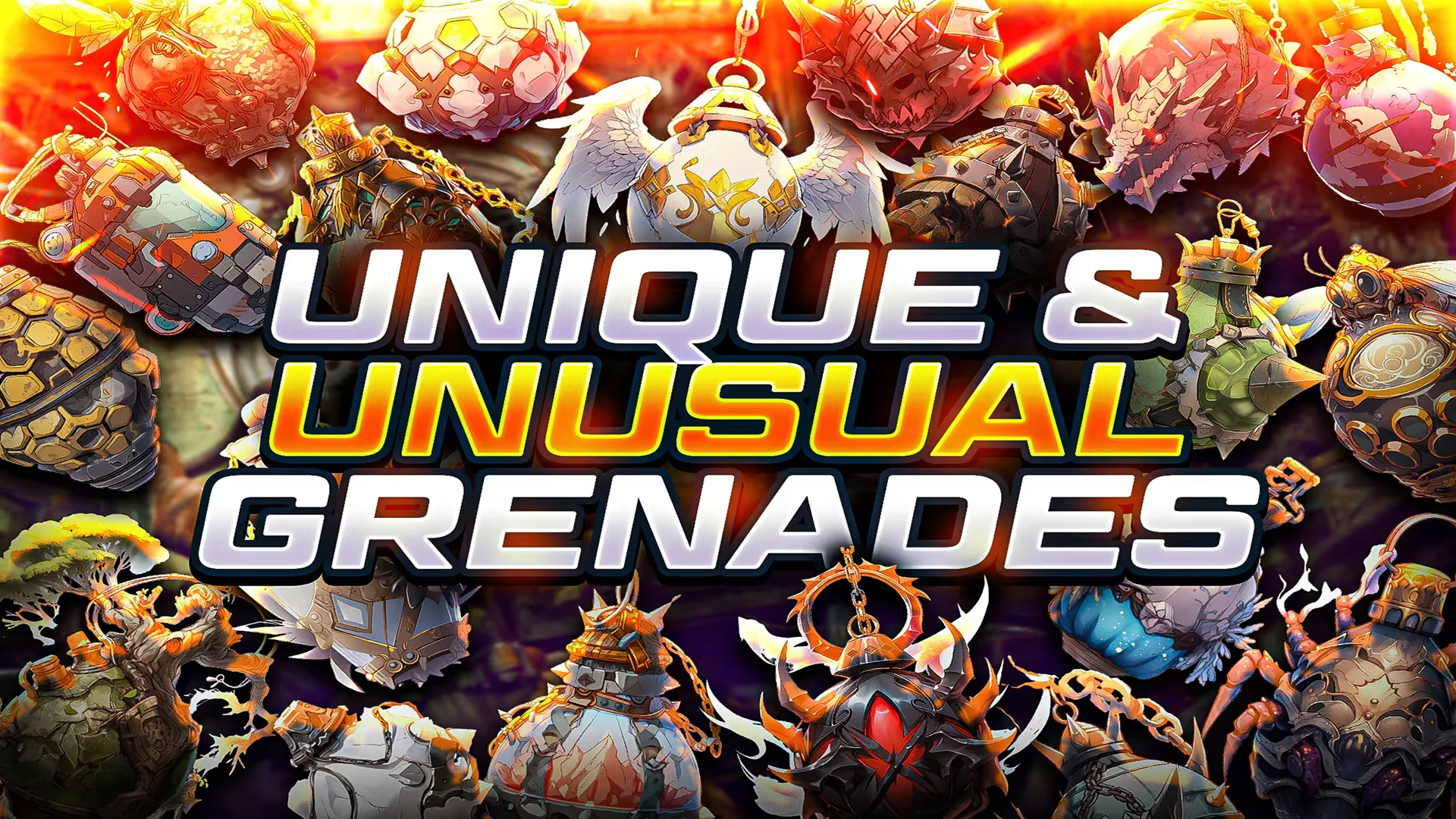
.avif)



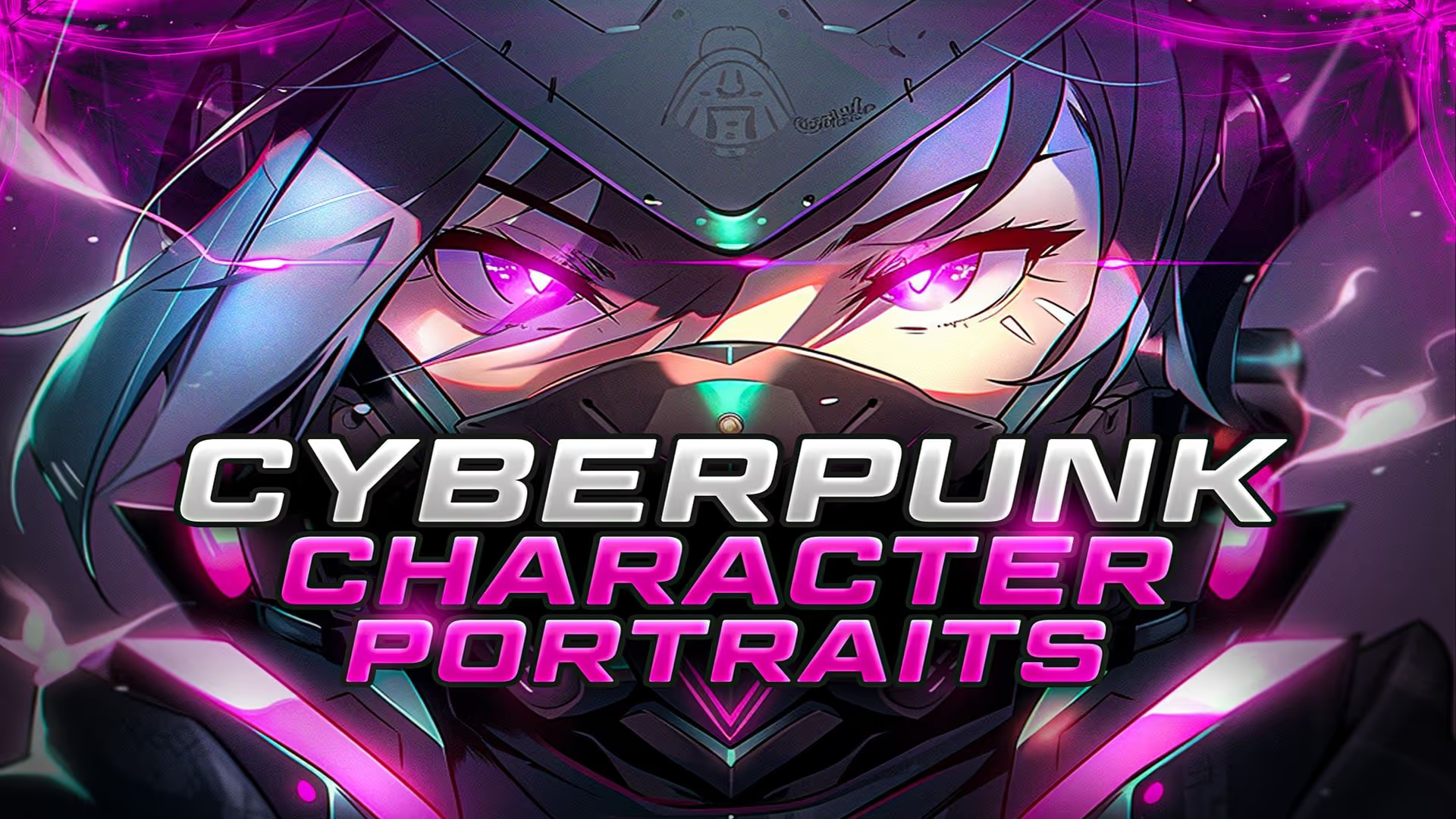

.avif)
